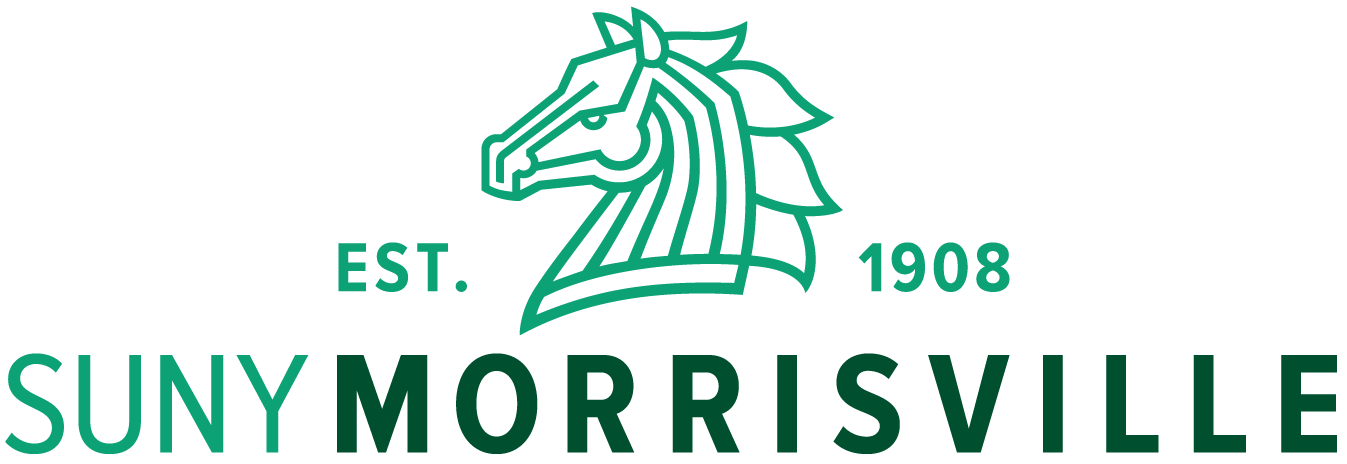As he approached the body, careful not to disrupt any evidence, Mat Voorhees turned to his team and said, “let's measure and mark these.”
Desteney Hargrove quickly took out a ruler and began measuring the distance of a large, bloodied knife to a victim lying dead on his back nearby.
The scene was part of a mock crime investigation that took place recently in Hamilton Hall on the Morrisville State College campus to give students a hands-on lesson in processing a crime scene.
Four separate crime scenes set the stage as students, acting as law enforcement officials and detectives, were tasked to gather and bag an array of evidence scattered around victims pretending they were dead.
Voorhees and Hargrove, both criminal justice bachelor degree students, were among those who participated in the exercise as part of assistant professor Clare Armstrong-Seward's Introduction to Criminal Justice class.
The class had been learning how to handle and collect evidence for a few weeks prior to their knowledge being put to the test. Divided into groups of five, teams had to isolate, contain and photograph, take measurements, sketch the scene, and gather evidence within the 75-minute class timeframe.
Pitching in were students from the Science and Technology Entry Program (STEP) at the Lafayette Central School District's Big Picture School, volunteering as victims and witnesses.
Patrick Anastas, of Lafayette, was among the STEP and Big Picture students who volunteered as a mock victim. Littered around his bloodied body were bags filled with fake drugs, wine glasses, a broken mirror and multiple bullet casings.
While some of the students assigned to this scene were busy measuring the distance of evidence to the body, others were interviewing witnesses.
Some of the witnesses were cooperative, while others were planted to be uncooperative, giving students another look at what they might face at a real crime scene.
Meanwhile, Sylvia Dorismond, of Brooklyn, NY, a criminal justice bachelor degree student, was waiting to swab the victim's hands, checking for DNA.
“This is really hard,” Dorismond said. “On television it looks so easy, but I never knew so much work was involved with investigating a crime. You really have to look deeper at every aspect of the details.”
It's what Armstrong set out to teach her class.
“The biggest thing they will learn today is what they don't know,” she said about the introductory class that exposes them to all of the fundamental topics in criminal justice.
Adding to the effectiveness of the crime scenes were realistic wounds created by volunteer make-up artist, Ashlee Young, a four-year agricultural business development major. Young used various materials to mock stab and gunshot wounds, bruising and neck wounds on the victims.
Voorhees, who volunteered to be the lieutenant in charge of his group, worked closely with his team members as they numbered evidence and sketched their scene.
“I like being part of figuring out what happened,” said Hargrove, who was among those assisting Voorhees. “It is very interesting to be a part of this since it is essentially what I want to do as a career.”
During their next class, students will conduct an analysis and try to solve the crime, followed by a review of the crime scene and what they learned.
Morrisville State College offers two criminal justice degrees; an associate degree at its Norwich campus and a bachelor of technology degree at the Morrisville campus.
Mock crime scene gives Morrisville State College students hands-on experience
Published date
News Type
